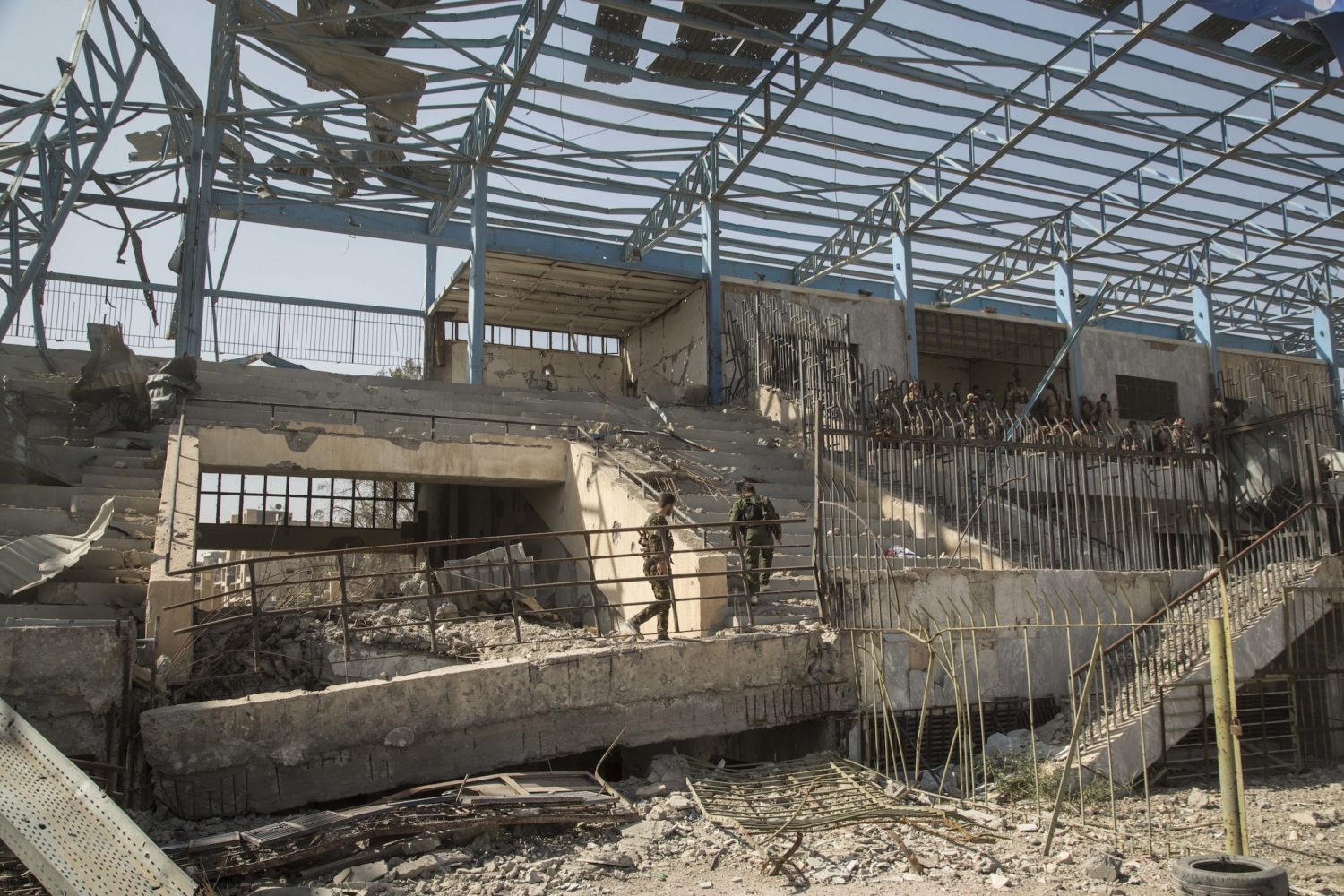This is one of 10 essays I offer as we close 2021 that I hope will help broadcast journalists tell stronger stories in the year ahead.
When I teach broadcast journalists about interviewing, I often ask somebody in the audience where they go to feel like their most genuine self. By that, I mean if I really wanted to get to know you, where should we go to talk?
The list people usually generate includes “my living room, my bedroom, my kitchen, my barn surrounded by the smell of horses, out on my boat, in my garden.”
I once interviewed a truck driver about rising fuel prices while standing in a parking lot. He was stiff and emotionless. I followed him into his rig. Once he climbed behind the wheel, he became confident and funny. I realized that there, behind the wheel, he was the CEO, he was in charge, he was in the office. The setting made all the difference.
Interviewing people where they are comfortable and confident can produce big returns. And I have to admit to you that in my early years as a reporter I way underestimated the importance of this technique.
My friend Les Rose, who for decades worked as a photojournalist with CBS News’ Steve Hartman, was especially good at making kids feel comfortable on camera. He interviewed them on a playground or in their bedroom so they could show off their bunk beds.
Brendan Keefe, a multimedia journalist and investigative reporter at WXIA in Atlanta, produced a project called “Whitewashed,” which uncovered the racial cleansing of a Georgia county a century ago.
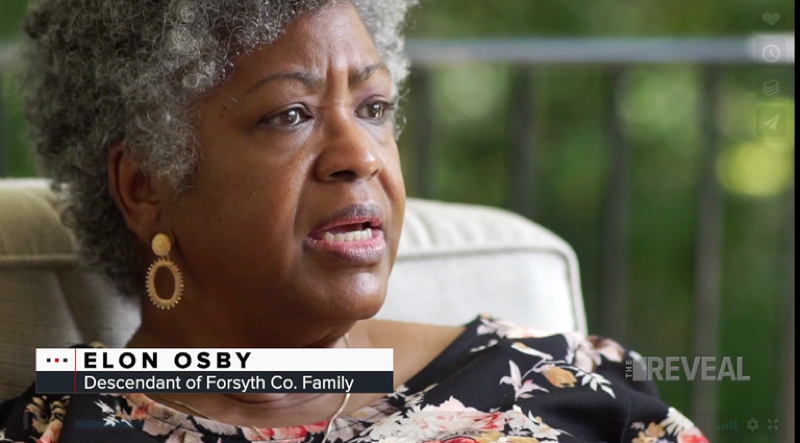
(Courtesy: Brendan Keefe, WXIA)

(Courtesy: Brendan Keefe, WXIA)
The main character of his story is a descendent of the Black people who were told to “get out” of the county. Keefe interviewed her on a relaxed Georgia porch, which not only allowed for multiple camera angles but made the story feel authentically Georgian.
ABC News “Nightline” anchor Byron Pitts is a master at choosing settings that relax the people he is talking with. I have seen him talk with children at a picnic table sitting next to them, not across from them. He says it feels more like a conversation that way. When he investigated a white supremacist who was trying to buy an entire North Dakota town, Pitts talked with concerned locals. He talked to one person sitting in his barn.

(ABC News “Nightline”)

(ABC News “Nightline”)
He talked to the mayor leaning casually outside with a log cabin-like building in the background.

(ABC News “Nightline”)
One Byron Pitts story I use in my teaching about the importance of setting is a “Nightline” report about a proposed curfew in Baltimore. Other crews interviewed the mayor while she sat in her office, and they got sound bites that sounded authoritative and very much like a bureaucrat.
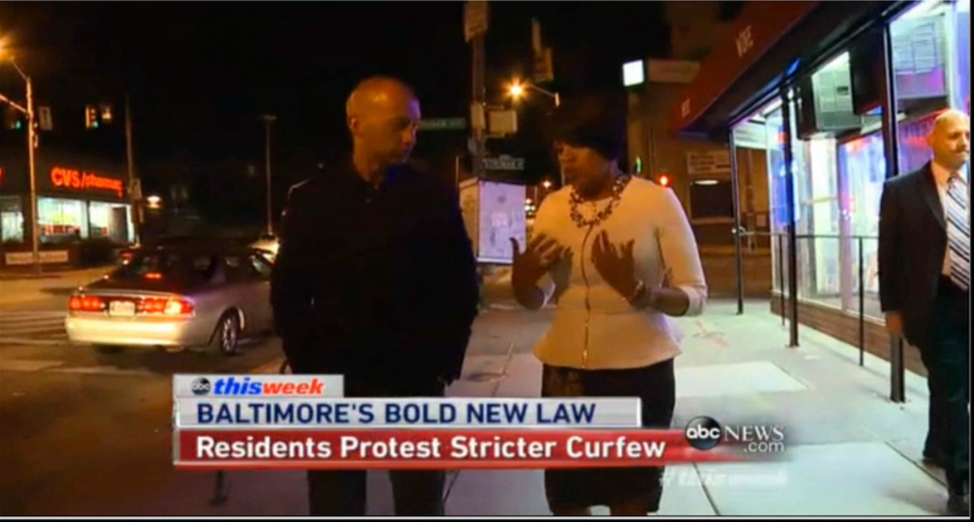
(ABC News “Nightline”)
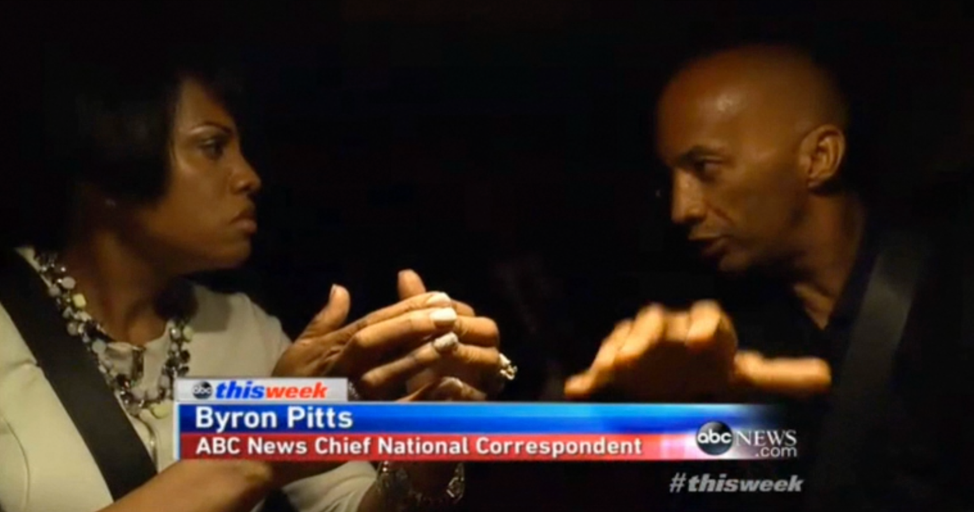
(ABC News “Nightline”)
Pitts went out on the streets of Baltimore with the mayor late at night. As they rode in her SUV watching kids gathering with no supervision, the mayor suddenly began sounding more like a concerned mother. She was no longer talking about a controversial policy but instead talking about child safety and why it mattered to her.
In 2018, Vice News did a stunning story about the infamous Black Stadium in Raqqa, Iraq. The 20,000 bullet-ridden seat stadium was once a soccer stadium, but ISIS used it as a torture chamber and prison. The story’s focus was a 19-year-old who was playing soccer in the stadium where he was confined, tortured and nearly killed.

(“Vice News Tonight”)
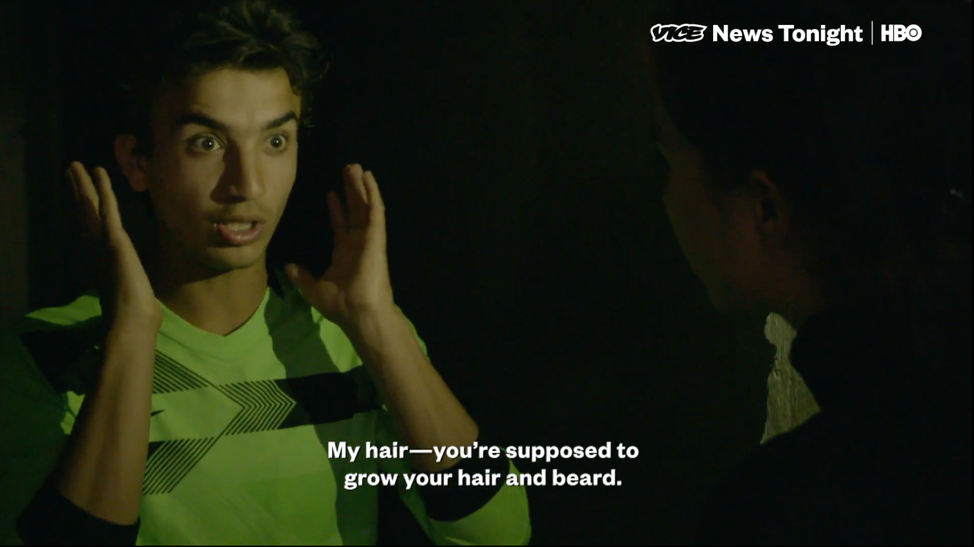
(“Vice News Tonight”)
As he walked through the bowels of the stadium, Talib Ayo Ayash recalled how ISIS turned gym equipment into torture devices. Lit only by a cellphone light and surrounded by the sights and smells, he remembered the sounds and experiences in vivid detail.
You won’t always have a choice about where you can talk with people. When you do, let the subject be in charge. Put them where they are the most comfortable even if, for you, it is not the most picturesque setting. If it is an odd background, explain why the subject chose that place to talk. It becomes part of the story.
(Some ideas in this series are included in my college textbook, “Aim for the Heart.”)
Al Tompkins will expand on his storytelling and writing teaching in two Poynter seminars: The Poynter Producer Project and TV Power Reporting. Click the links to see the schedules, meet our all-star visiting faculty and apply. Thanks to a grant from CNN, we offer 50% tuition scholarships to NABJ, NAHJ, AAJA, NAJA and NLGJA members. Both seminars take place over three days at Poynter in St. Petersburg, Florida, or you can attend virtually.

